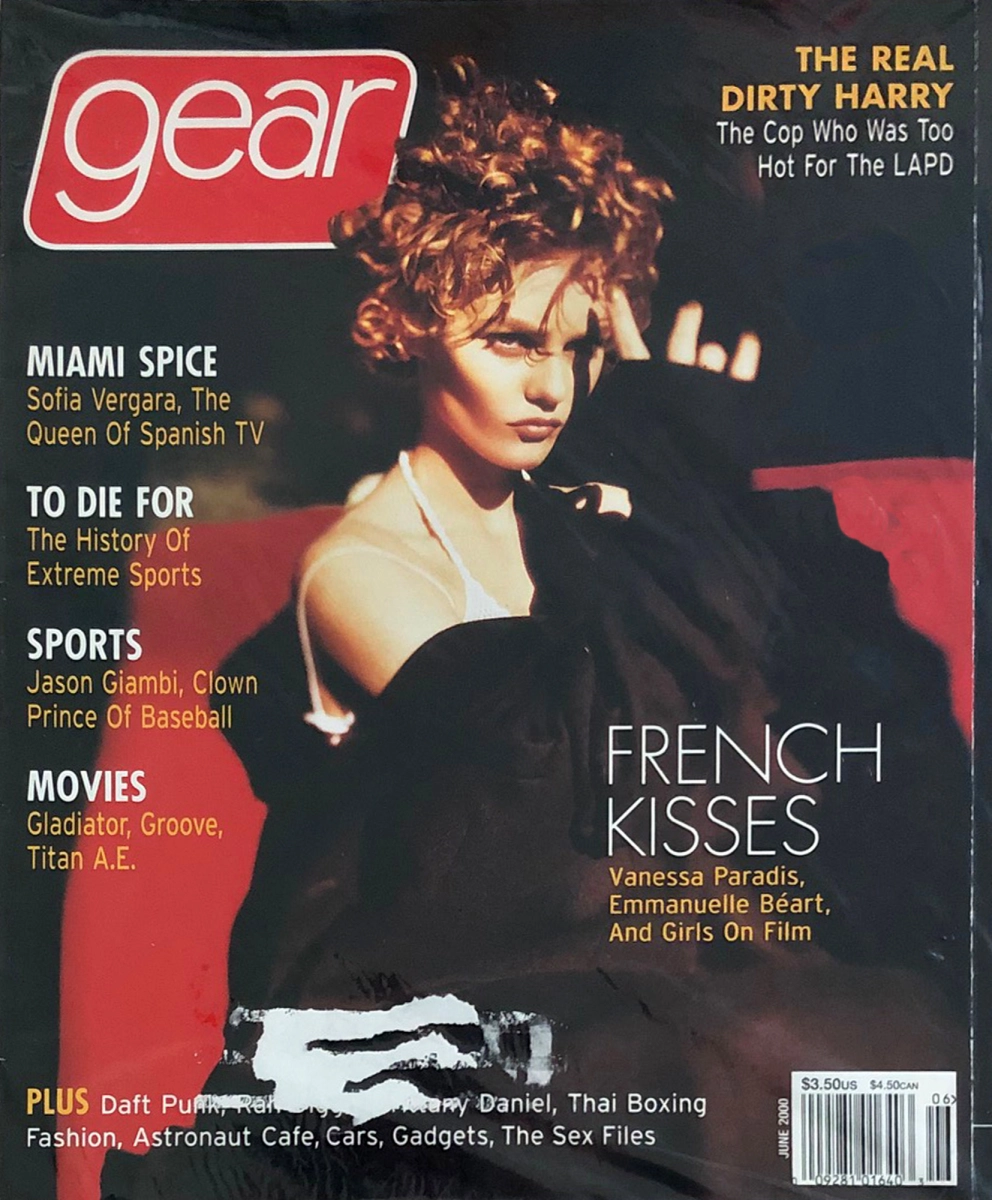Gear Magazine
Gear Magazine
Gear Magazine was a men's lifestyle publication that gained brief but impactful significance in the late 1990s and early 2000s. It was well-regarded for its coverage of contemporary and thought-provoking topics, combined with a cutting-edge artistic aesthetic.
Establishment and Early Years
Established in 1998 by Bob Guccione Jr., son of Penthouse founder Bob Guccione Sr., Gear aimed to cater to an audience interested in a wide array of modern lifestyle topics. These topics ranged from current trends in fashion and music to in-depth features on technology and contemporary issues. The U.S.-based magazine quickly gained a reputation for its daring style and brash tone, positioning itself as a distinctive voice in the male-oriented magazine market.
Content and Style
Gear Magazine was renowned for its thought-provoking features and exclusive interviews, often featuring prominent figures in pop culture, sports, and entertainment industry. These profiles marked a significant attraction for the magazine’s readership and helped in shaping its public image. The magazine also notably tapped into the emerging world of digital and information technology, providing readers with up-to-date overviews and analyses.
Moreover, Gear presented a bold and assertive aesthetic, characterized by its provocative cover designs and exceptional photography. The magazine, however, was sometimes criticized for the objectification of women in its photo spreads, stirring controversy and debates on several occasions.
Closure and Legacy
The publication came to an end in 2003, due to declining sales and mounting criticism over its content. However, during its five-year lifespan, Gear offered a unique blend of lifestyle and cultural content, establishing a distinctive identity among male-oriented magazines.
While Gear Magazine's operation was short-lived, its influence continues to live on as a marker of late 20th-century male-targeted publications, which encapsulated an era of rapidly evolving societal standards and cultural norms. Its provocative approach to editorial and visual content serves as a reflection of both the times it operated in and the transitional state of media during this period.{{Categories}}